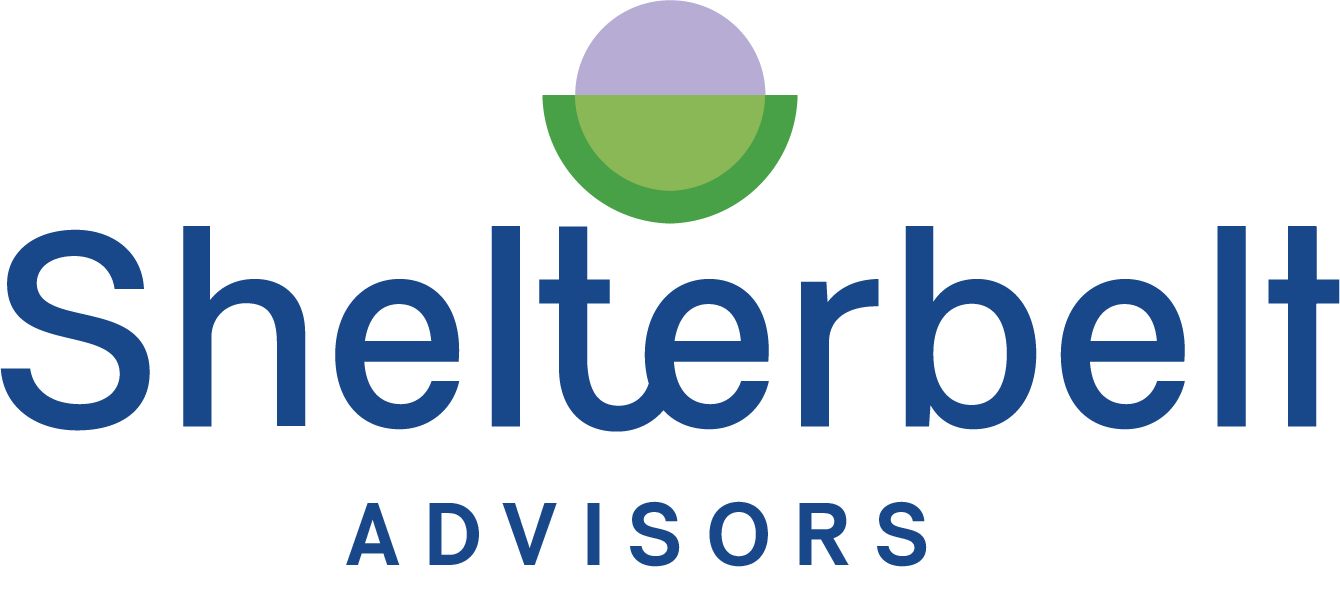How Much Profit Should I Plan For?
3 Answers to A Common Small Business Question
Before you can plan for business profit, it is important to get clear on your personal financial needs. The question isn’t just what your farm should make—it’s what your life actually costs, what goals you're working toward, and how much time and energy you're putting in.
Here are three practical ways to answer the question of how much profit you should plan for.
Answer 1: Plan for Enough Profit to Meet Your Financial Goals
Start by identifying your financial goals. This includes what we commonly call your “living expenses” like housing, food, and utilities—and more importantly, it includes longer-term needs like retirement savings, debt payments, education costs, or saving for a home or infrastructure upgrade. Your business needs to generate enough profit to help fund the short-term necessities, medium-term wants, and long-term goals.
When you’re thinking in terms of goals and not survival, include:
Insurance premiums and deductibles
Living expenses that reflect your actual life, not the bare minimum version of it
Taxes and other non-negotiable
Debt obligations
Savings and investment goals
A buffer for the unplanned and unexpected
This total becomes your personal income target. And the target is not what you make, it’s what you keep.
Answer 2: Define the Farm’s Contribution to That Income
Next, figure out how much of that income should come from the farm. A lot of farms are supported by off-farm income—whether from a job, a partner’s earnings, or other sources— so the farm may not need the farm to carry the full load. But you do need to be clear about what portion the business must deliver.
If your total financial need is $120,000 and off-farm income covers $60,000, then the farm needs to generate $60,000 in profit after expenses. That’s your target.
If you’re aiming to live entirely from farm income, then your farm’s contribution is 100%—which means you now know your net income target. From there, you can reverse-engineer your total revenue target (a good rule of thumb for asset- and labor-heavy businesses is 5–7 times your net income goal).
This step grounds your profit goals in real numbers instead of rough guesses.
Answer 3: Set Profit Targets Based on Time and Workload
Your time matters. If your farm is intended to be a part-time enterprise, your profit target should reflect the hours you plan to work. If you're treating it like a full-time job, it needs to pay like one.
This is where a clear agreement with your family or business partners can help. Set expectations:
How many hours will you work per week or season?
What roles and responsibilities will you take on?
What level of profit is realistic and appropriate for that time investment?
These boundaries help ensure your business doesn’t overtake your life—and that your profit goals match the time and labor you’re putting in.
The Big Picture
When you combine these three answers, you get a clear framework:
Start with your financial needs and goals
Determine how much profit the farm needs to generate to meet them
Align those targets with the time and effort you're putting into the business
This approach gives you a profit plan that makes sense—not just for your business, but for your life.
Final Thought
Business profit planning isn’t just about spreadsheets. It starts with personal clarity. Uncover your personal values, develop good communication with your family members, discover what you actually need from your business, and make sure your time and labor are fully accounted for in the process.
You’ve built something meaningful. Let’s make sure your finances help it thrive—reach out today.


